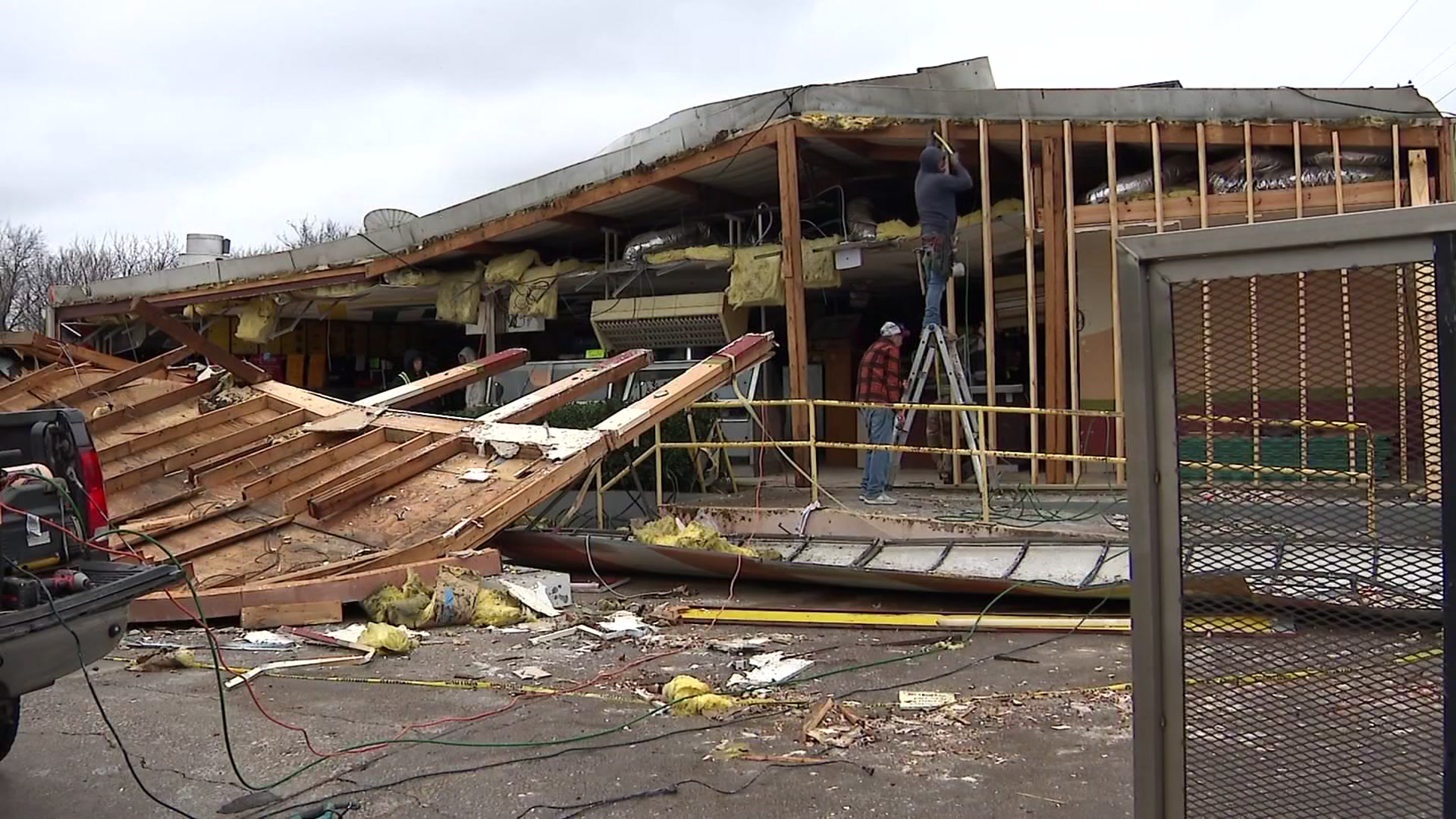Some roads in Northwest Dallas are getting a multi-million-dollar facelift. The City Of Dallas Public Works Department says it has invested more than $2 million for so-called ‘cooler pavement’ and is studying its effects to mitigate heat. NBC 5’s Alicia Barrera spoke to neighbors in the area and has more details.
The Dallas Department of Public Works has invested over $2 million on "cooler roads." Currently, "cool pavement" is being tested in a Northwest Dallas neighborhood as an added effort to address the impacts of climate change and the "urban heat island" effect.
According to our partners at The Dallas Morning News, Phoenix and Los Angeles pioneered pilot projects using this "cool pavement.” In 2021, San Antonio became the first city in Texas to try it out.
Watch NBC 5 free wherever you are
Cities such as Dallas, Miami, San Diego, Chicago, and the San Francisco Bay Area are considered urban heat islands, meaning they are saturated with sidewalks, asphalt, buildings, concrete, and other materials that amplify heat.
So far, the Dallas Department of Public Works has coated about six miles worth of roads near W.T. White High School.
Get top local stories in DFW delivered to you every morning with NBC DFW's News Headlines newsletter.
“This area was chosen primarily because it's all exposed concrete streets. The streets are old. The concrete has been polished over time,” said Chris Lutz, the program administrator for the Dallas Department of Public Works.
Neighbors said they’re thankful for the maintenance.
“I noticed when they paved some of the roads,” Jennifer Nachowiak said. “They're much prettier and smoother.”
Local
The latest news from around North Texas.
"We've spent a little over $2 million on the trial," said Lutz said. "Cool paving is an overlay product that we use on existing concrete roads. It's spread between 2 and 3mm, and it's just a surface coating that we put on top of the roads. There's actually titanium in the product that reflects the sun's heat back.”
David Weber and his dog Bennie are avid walkers. Weber has lived in the neighborhood for nearly three decades. He said the temperature difference is notable.
“I watched them resurface the streets about a year ago and asked them what they were doing. They said they're resurfacing it with this protective coat,” Weber said. “Normally, on a hot day like today when it's over 100 degrees, I wouldn't be able to walk at this time, but now I can.”
According to Lutz, the temperature drop is at least 10 degrees.
“We were able to measure 113 degrees in neighboring concrete and 103 degrees on the concrete that's been treated,” Lutz said.
“It's definitely cooler on your feet,” Weber said. “This neighborhood is about 60 years old. So, going over these streets and fixing the cracks and the potholes, that's number one. But it does make it more pleasant to walk with our dogs and get out and make it a just a little bit cooler.”
While the program is still being tested, Lutz said the product is designed to last 20 years.
City leaders will be presented with the program results in the fall, and they'll then decide whether to expand the program to other areas in Dallas.



